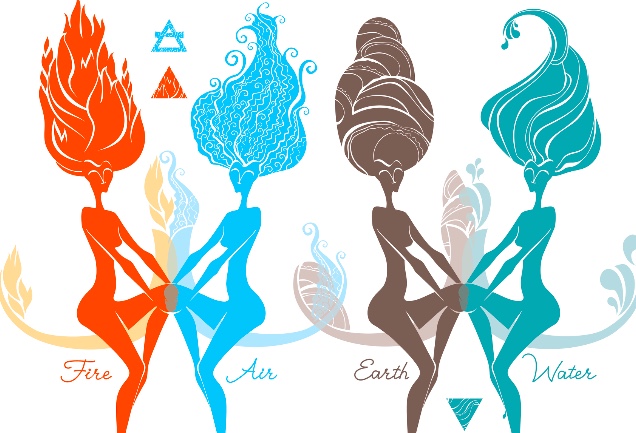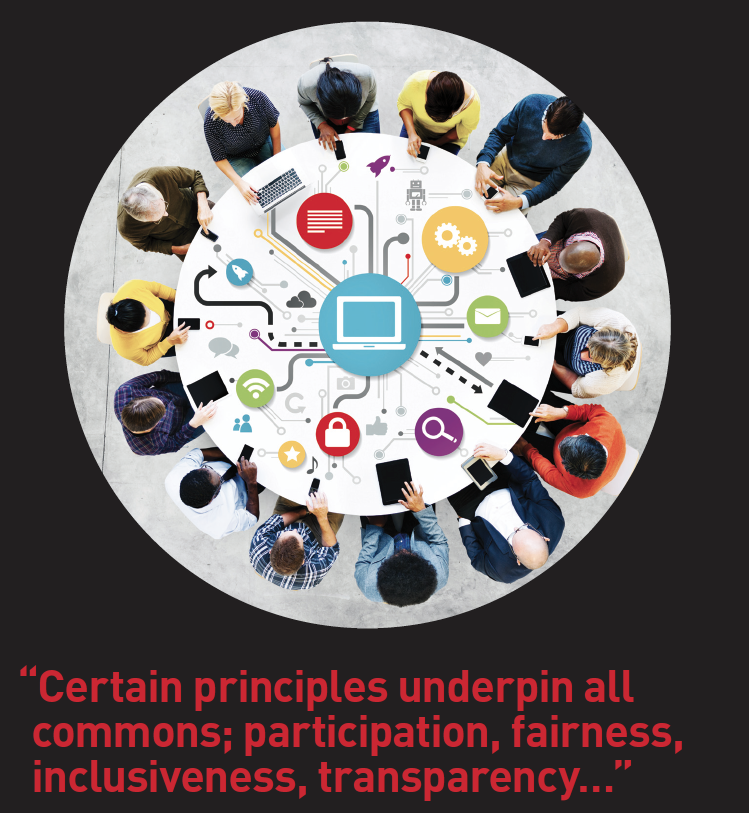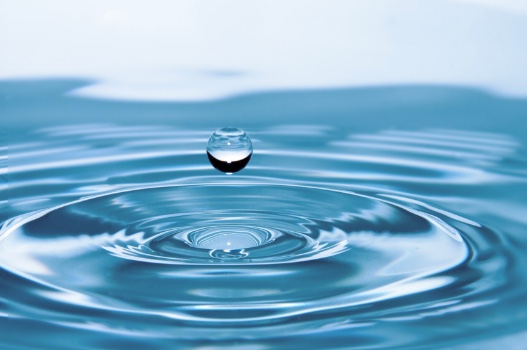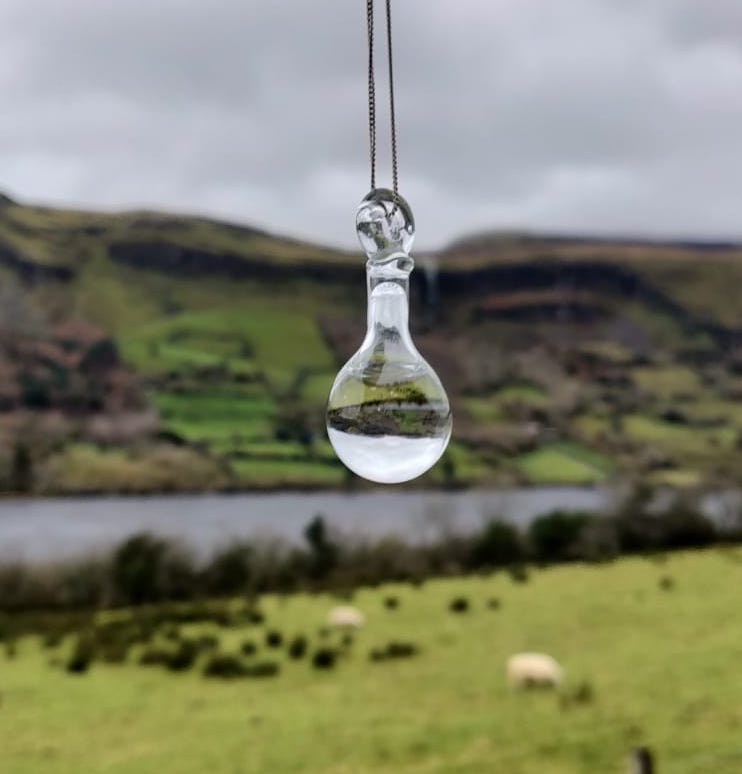We are thrilled to bring you the latest instalment of our Positive Vibes newsletter, featuring some of the best and brightest picks from the holistic world this season! This appeared in our Winter 2019/2020 issue – click here to find your nearest stockist, or subscribe to receive a copy direct to your door.
Water
We love the Short & Sweet section of our magazine, where we get to interview amazing people and companies who are making their mark in the holistic field. In our Autumn 2019 issue, we spoke with Pat Finlay of Slí Beatha Float House in Naas, Co. Kildare. Read on to learn all about it!
February Vibes: Uplifting Events, Products and Services, Just For You!
Fabulous February: Hello, Positive Lifers! As spring begins to dawn on the horizon, it’s that time of the month again: time to sit back and enjoy this collection of inspirational events, products and holistic news we have put together for you.
We Recommend: Celestial Aquatics’ Amazing Wearable Water Pendants
Looking for a truly unique form of wearable art? If so, you need to check out the work of Ruth Le Gear and Graham Reid of Celestial Aquatics. Ruth creates stunning water essences, while Graham is a glass artist. Together, they have created amazing ‘wearable waters’, in the form of unique handmade Water Orb pendants.
Our resident astrology expert, Calodagh McCumiskey, has some fascinating information to share about the influence of the five elements (Space, Air, Fire, Water and Earth) in Vedic astrology. Read on to learn all about it!
This article is an extract from our Autumn 2018 issue.

The Five Elements and Vedic Astrology
The building blocks of being
by Calodagh McCumiskey
When we look at the beauty of nature, the five elements provide the foundation for the physical world. Ayurveda, the Indian traditional system of medicine or ‘“living in tune with nature” recognises these elements, Space, Air, Fire, Water, and Earth, as the building blocks of all matter.
An understanding of the elements gives us deep insights in to our own and other’s natures, as well as of the world around us. Just as all the elements are in the world, they are also in us. As Rumi says: We are a drop in the ocean and the ocean in a drop.
Fire is the element of the signs of Aries, Leo and Sagittarius, and the Sun and the South Node of the moon, Ketu. Earth is the element of Taurus, Virgo and Capricorn. Air is the element of Gemini, Libra, Aquarius and Rahu, the north node of the moon. Water is the element of Cancer, Scorpio, Pisces and the Moon.
In Vedanta, each of the five planets are linked to an element (with ether as the fifth). The Vedas say that everything emanated from the one basic vibration of ‘Om’ with – Jupiter for Ether, Saturn for Air, Mars for Fire, Mercury for Earth and Venus for Water.
The elements have their own qualities. Earth grounds us helping us to be present in our lives but too much earth makes us stuck. Air brings tremendous ability to connect seemingly unrelated things with powerful results. Too much air makes us ‘airy-fairy’. The water element helps us to connect with others and go with the flow of life. Too much water makes us wishy washy. Fire gives us passion and drive to do things, too much or undirected fire gives us anger and frustration and can even lead to destruction.
We need space for each of the elements to flow and function properly. The elemental strengths and tendencies we have depends on the signs and houses our planets are placed in and our rising sign.
From a compatibility view point, Aries go best with other fire signs. Similarly earth, water and air signs are all mutually compatible. There are also natural love connections between the harmonious sun signs of fire-air and earth-water. Opposites also attract so it’s also useful to do a full compatibility analysis.
On a personal level, it is also interesting to reflect on what elements are lacking or over-used in your life. For a happy and balanced life, all elements need to be in use on a daily basis and in balance. Fire gives us excitement and energy for life. Earth gives us acceptance and the ability to be present. Air gives us wonderful creativity, ideas and new ways of thinking and doing. Water gives us an ability to flow with what is happening in life and connect with others, while maintaining healthy boundaries.
If are feeling out of balance, reflecting on the elements will help you achieve a more harmonious balance. You will be amazed at what you discover about yourself in the process.
Calodagh McCumiskey is the director of Spiritual Earth in Rocklands, Co. Wexford.
From our autumn 2014 issue
Common Ground

By Davie Philip
Sharing with others and working together is hard-wired into our very being. Today, however, the dominant social and economic systems we depend on are actually working against our ability to collaborate but a fresh approach for taking care of our shared resources is emerging. ‘Commons’ originally referred to land or resources belonging to or affecting the whole of a community. The old idea of the commons, which has been around since the start of human history, is now being supercharged with new ideas from the open-source software community and the cooperative movement. These may offer an egalitarian and collaborative approach to a more just and sustainable future.
The commons is a social practice for meeting our needs outside of the market. It is estimated that there are 2 billion people around the world who are currently managing land, forests, fisheries, water, seeds and creative knowledge as commons. In doing so, these commoners are not only the users and beneficiaries, but also the co-creators and stewards of these shared resources.
The Process
What is important is the process of commoning. A commons is not so much about resources themselves but more about how we work together and relate to each other. It’s a conversation about who we are and how we act. It involves taking your life into your own hands, rather than being dependent on markets to sell you what you need. Commoning allows people to make decisions and take action to shape the future of their own communities.
The Principles
There is no blueprint for building and maintaining a commons as each place and community varies so much. Although all are unique, certain principles underpin all commons; participation, fairness, inclusiveness, transparency, co-operation, stewardship and concern for the common good. With these principles commoners negotiate their own rules of usage, assign responsibilities and entitlements, set up monitoring systems and introduce penalties to prevent abuse of the commons.
The Practice
There is a lot of commoning going on these days, from Transition Town initiatives, land trusts, co-housing, community farms to community energy projects. Open-source software communities have created the infrastructure that allows the Internet to work, which is itself now one of the great enablers of the commons. Open source has spread from software to hardware and new sets of technologies have emerged from this culture of collaboration and sharing. There are open-source plans for everything from cola drinks to cars. Open source hardware utilises the digital fabrication machines of FabLabs (small-scale workshops offering digital fabrication) to allow us to make almost anything.
To really address the many social, economic and environmental challenges we face, more of us will have to act like commoners and be involved in the art of commoning. If we are to make the changes that we need to make to adapt to climate change, or to connect with each other in deeper ways and strengthen our resilience, we may need to rethink the commons.
And You
If you want to be part of rethinking this topic, ‘WeCreate’, the FabLab and co-working space in Cloughjordan Ecovillage, is organising a series of events this September in Dublin, Limerick and Cloughjordan based on the question, “How can a commons-based collaborative economy strengthen the resilience of our communities?” and will feature international thinkers to bring us some to some new insights. openeverything.ie
Davie Philip is a facilitator and trainer who manages the Community Resilience programme at Cultivate Living and Learning. He is based at the Cloughjordan Ecovillage and is a board member of GIY Ireland. davie@cultivate.ie






